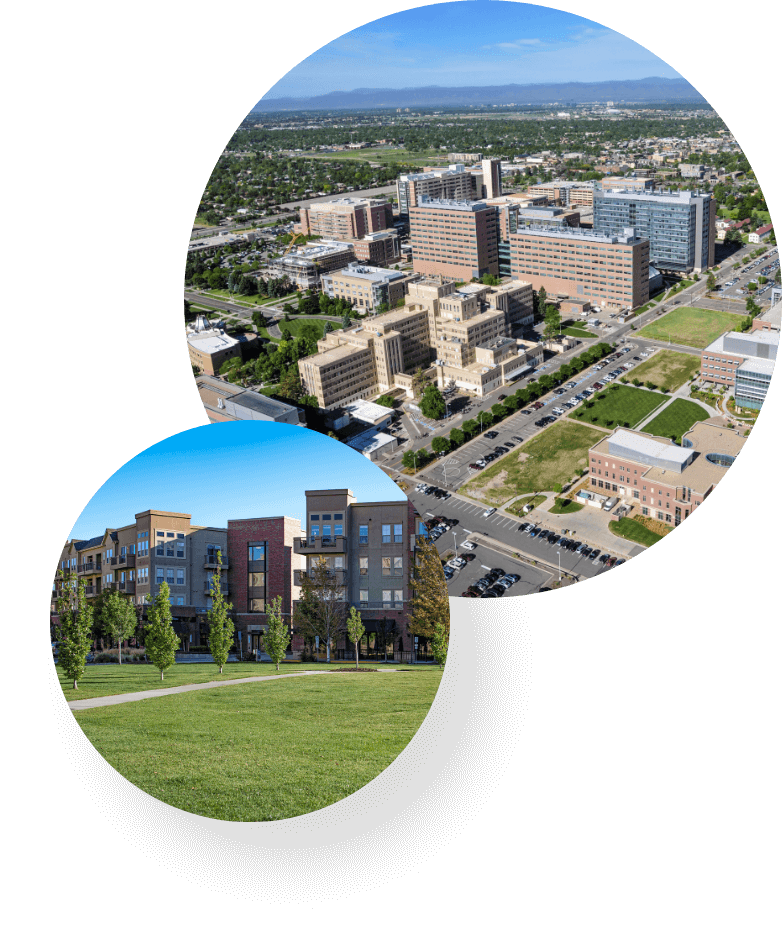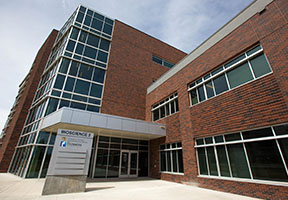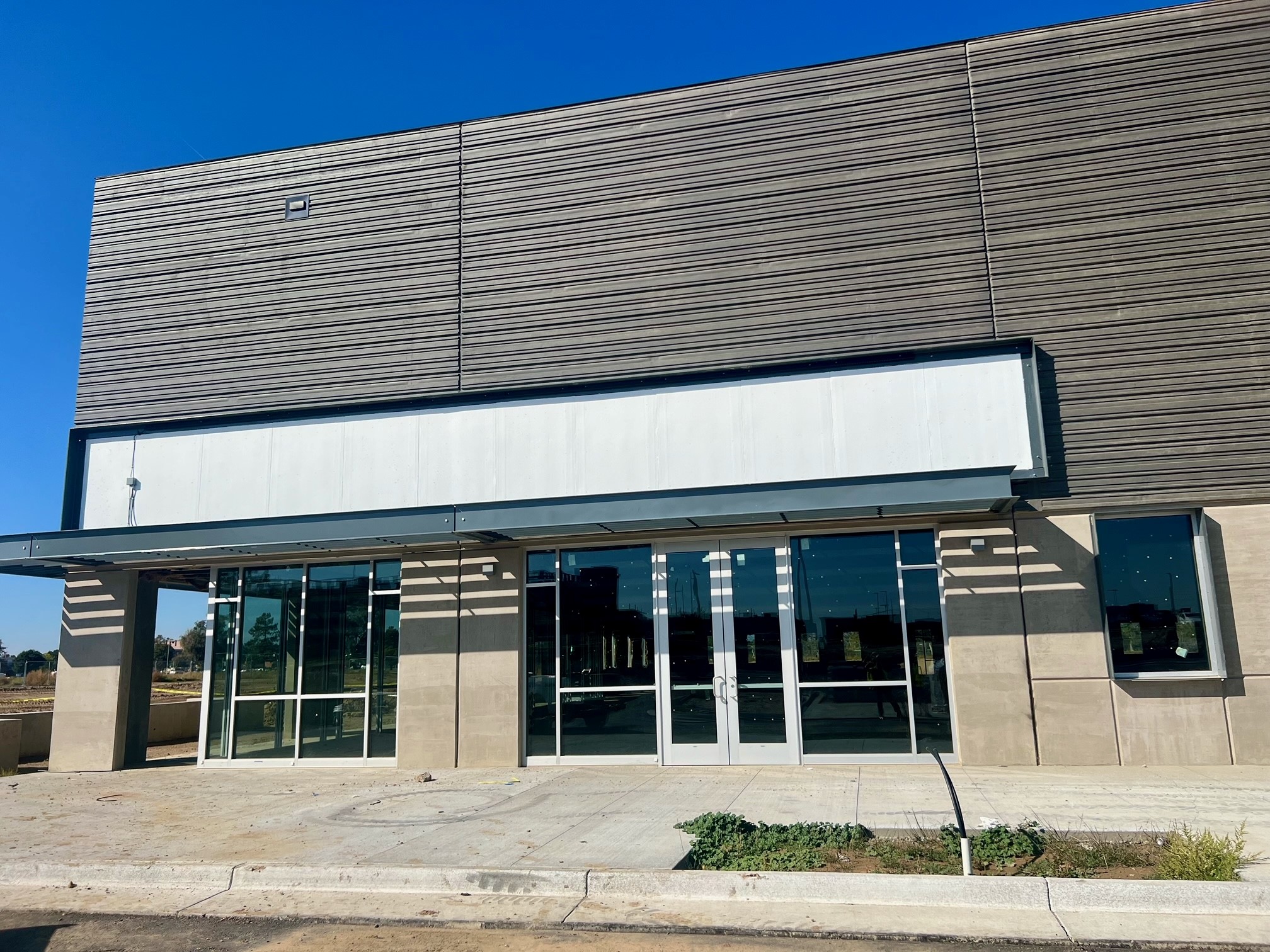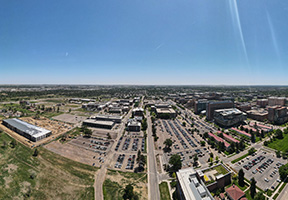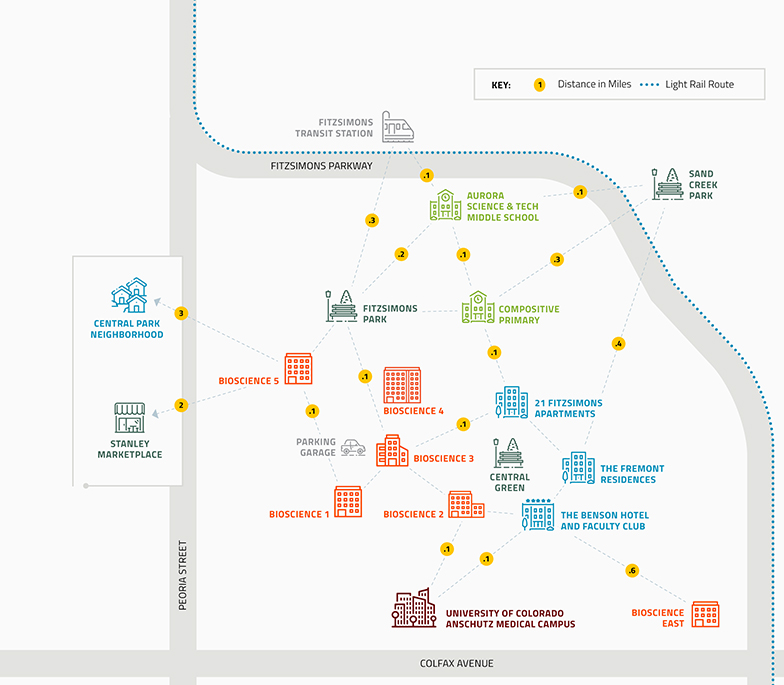Ideas become cures when academia and industry connect.
By: Fitzsimons Innovation Community
When you talk to Terry Fry, M.D., about why the Gates Institute is one of the best locations in the country to work in cellular and gene therapy, he has a lot of insight. As the executive director of the Gates Institute, a pediatric oncologist, and a pioneer in the development of chimeric antigen receptor (CAR)-T cell therapies, Dr. Fry has an intimate understanding of what it takes to get a drug from initial research phases to commercial manufacturing. And often what it takes is the right facilities with the right partners working together at each stage of development.
Breakthroughs and FDA approvals in cell and gene therapy have given hope to patients for whom traditional treatments have been ineffective, and the past decade has been a true coming of age for research and development in these areas.
With more than 30 cell and gene therapy companies employing more than 1,100 in the state—a number that’s expected to double quickly—Colorado has become a cell and gene therapy research mecca along the way. At the heart of this is the Gates Institute. This $200 million investment expands on the Gates Center for Regenerative Medicine and Gates Biomanufacturing Facility, two already successful centers for stem cell research and regenerative therapies for cancer and other diseases.
While late-stage development and manufacturing are key elements of the commercial phase of cell and gene therapy advancements, Dr. Fry explains that the initial phases of research are often purely an academic endeavor. “This research all starts as an idea in a lab, an idea that goes through many iterations of trial and error and many failed starts. Almost all those activities happen at academic institutions where there is patience for the iterative work and the ability to build on failures. But development eventually needs to be done in the context of industry, too. It’s partnerships between academia, industry, and manufacturing that allow this field to evolve.”
With two major teaching hospitals located at the University of Colorado Anschutz Medical Campus, the entire campus has become an ecosystem where biotechnology companies and manufacturers are able to access research and partner with these institutions for IRB, regulatory, early-stage manufacturing, and clinical trial support. It’s a symbiotic relationship that allows for quicker-to-market cures for diseases, including diseases that were once considered fatal.
Dr. Fry explains that these partnerships were some of the most important considerations taken when building this campus and each individual facility. “The model we’re exploring is one where the CU Anschutz Medical Campus becomes a one-stop place where we’re able to take the biotechnology companies here and partner them with our clinical entities on campus. We can then identify the patient population, open the clinical trial, generate the data, and, on the back end, transfer it back to the biotech company so they can then use that data for subsequent development and eventual manufacturing.”
Space for new manufacturers, like the recently completed Bioscience 5 building, proximity to academia, and an already-thriving life sciences campus staffed with top researchers are all elements that make this model extremely viable at Fitzsimons Innovation Community.
The Gates Institute was designed to fill in gaps in traditional academic infrastructure, to become a place where first-class ideas are generated with the ability to turn those ideas into cures for patients. According to Dr. Fry, that’s already happening. “We’ve already demonstrated that we can manufacture genetically modified cellular products, get them to patients, and achieve very favorable outcomes for those patients, including patients with refractory cancers that are now in remission. We’re doing that right now through manufacturing these products on campus. We’ve succeeded in the first important steps and now we’re ready to build on that.”
Watch for next month’s blog post looking at how access to capital in Colorado has paved the way for new developments in the life sciences pipeline.
